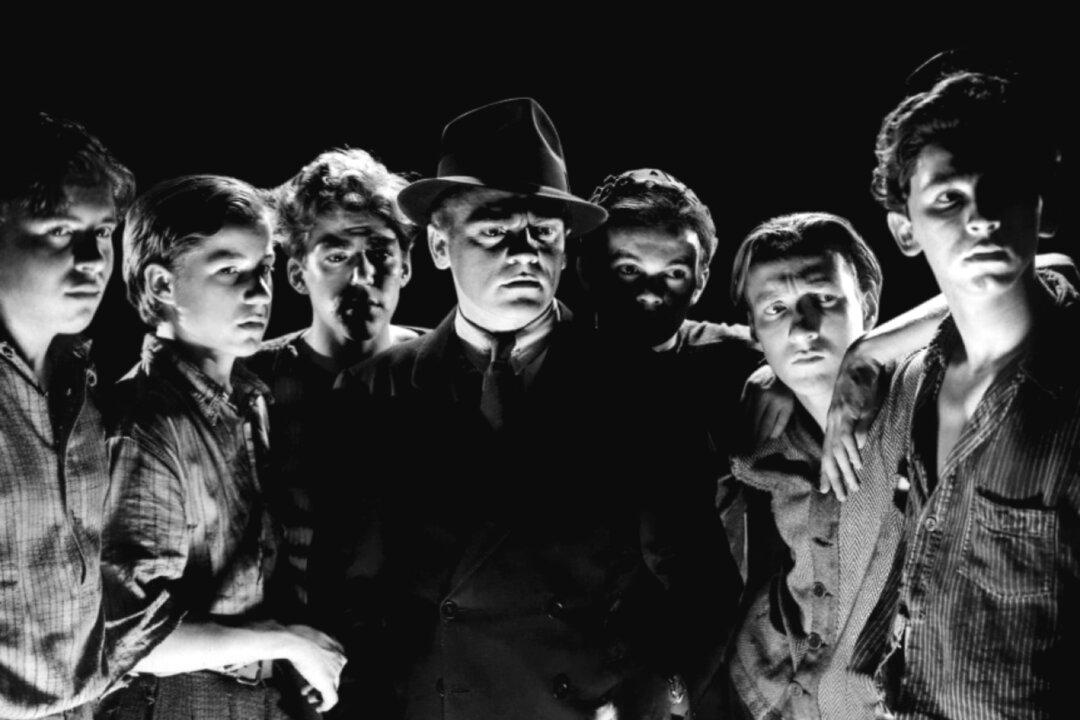U | 1 h 33 min | Drama | 1939
Walter Lang’s family drama, bordering on a fairy tale, is set in 1899 England, when senior military officers were considered part of the aristocracy, just shy of royalty.
When widower Capt. Crewe (Ian Hunter) is called to duty in the Second Boer War, he’s forced to leave his child, Sara (11-year-old Shirley Temple), and her pony in Miss Minchin’s School for Girls. For the first time living entire months on her own, Sara joyfully, if mischievously, copes with the ups and downs of life.
Schoolmistress Minchin (Mary Nash), is as steeped in pointless propriety as she is in snobbishness, unmoved by aristocrats unless they can make her even more affluent than she is. Her kind brother Bertie (Arthur Treacher), and teacher, Rose (Anita Louise), help in running the boarding school.

Pampered by her father since birth, Sara smarts at Minchin’s needlessly regimented establishment. As Capt. Crewe brings her to the gate, Sara furrows her brow and says, “It’s not a very cheerful-looking school, is it Daddy?”
She’s right. Minchin takes Sara in only when Capt. Crewe, reluctantly, brandishes his formidable financial credentials. Things look up at first, as Minchin pampers Sara, expecting a flow of payments from Sara’s doting father.
Sara shows up at school dressed as a princess, with a pony in tow. So some of her less-than-aristocratic classmates are raring to teach her a lesson in modesty. Soon, they and Minchin get their chance.
As war bulletins flow in from the siege of Mafeking in South Africa and Capt. Crewe is reported killed in battle, the tables turn on Sara. With no sympathy for a now-“penniless” Sara, Minchin swiftly strips her of prior indulgences, shunts her from her luxurious room to a garret, and foists kitchen and household chores on her.
To Minchin’s dismay, Sara turns out to be quite a character: resilient, steely, and proud of her soldierly upbringing. Typical of children who are brought up by single parents and who have no siblings to keep them company at play, Sara is used to playing pretend and chatting up her doll or her pony.
Far from being a materialistic spoiled brat, Sara values people and relationships. She sings and dances not just when happy, but even when unhappy, as long as it helps brighten up those less fortunate. She’s unbowed by Minchin’s bullying and doesn’t shy from befriending the underdog, especially the lowly, but charming Becky (Sybil Jason), who routinely does the chores.

“My Daddy has to go away, But he’ll return most any day. Any moment I may see, My Daddy, coming back to me.”
Pomp and Grandeur
Producer Darryl F. Zanuck spares no expense or effort in delivering gorgeous costumes and elaborate set design and decoration. Because it’s so posh, the school also benefits from the services of horse-riding instructor Geoffrey (Richard Greene). Wealthy families at the time considered a pony for a child as something of a status symbol. Remember Rhett Butler, fussing over his little Bonnie and her pony in “Gone With the Wind,” released the same year?
Lang, better known for directing “The King and I” (1956) and “Can-Can” (1960), brings his flair for music, dance, pomp, and grandeur even to the relatively simple settings here. Two brief song sequences see Sara tap-dancing alongside Bertie. One extended seven-minute, fairy-tale-like dream sequence, including a bit of ballet, depicts almost all the principal characters, including Minchin as a witch!
Conscious of his child-centered audience, Lang softens Minchin’s harshness in some places for comic effect, and allows it fuller flow in others, but never darkens it to the level of deprivation seen in other children’s movies such as “Great Expectations” or “Oliver Twist.”
Besides, kindness surrounds Sara anyway, in the form of Bertie, Rose, and Becky. Even Minchin’s aristocratic neighbor Lord Wickham (Miles Mander) and his attendant, Ram Dass (Cesar Romero), present a sympathetic contrast to Minchin’s transactional style. Children will delight at the hint of magic that this intriguing duo brings to a scene.
It’s a pity screenwriters Ethel Hill and Walter Ferris pivot their narrative almost entirely around Sara, rarely stopping to flesh out the characters of other girls, let alone other adult characters. Even Becky features too fleetingly. Typical of that era’s films, American actors jostle with British performers, never worrying too much about inauthentic accents.
The film capped nearly a decade of Temple’s 1930s roles as a child actress, her first in Technicolor and her last major hit as a still-chubby child.





